Landscaping a few features can enhance the beauty and functionality of your outdoor space like a well-constructed retaining wall. Among the various types available, the boulder retaining wall stands out for its rustic charm, natural appeal, and durability. Whether you want to level out a sloping yard, prevent soil erosion, or create visually striking garden terraces, building a boulder retaining wall can be a rewarding and transformative DIY project.
However, constructing a sturdy boulder retaining wall requires careful planning, proper execution, and a keen eye for aesthetics. If you’re ready to take on this challenging yet gratifying endeavor, this step-by-step guide will walk you through the process of building a boulder retaining wall that not only stands the test of time but also becomes a captivating centerpiece of your landscape design. Let’s delve into the essential techniques and expert tips that will make your retaining wall project a resounding success.
Understanding The Purpose And Site Assessment
The purpose of a boulder retaining wall goes beyond its aesthetic appeal. While it may enhance the look of your outdoor space, its primary function is to prevent soil erosion and stabilize slopes. By understanding the purpose of a boulder retaining wall, you can better assess if it is the right solution for your site. When conducting a site assessment, several factors need to be considered.
These include the slope gradient, soil type and condition, water drainage patterns, and any existing structures or obstacles that may affect the installation process. Properly assessing these aspects will ensure that the boulder retaining wall is constructed in the most effective and efficient manner possible. Additionally, evaluating these elements will help determine whether alternative solutions might be more suitable based on specific site requirements. Overall, understanding both the purpose of a boulder retaining wall and conducting a comprehensive site assessment are essential steps in achieving successful results. Taking into account various factors during the assessment stage will not only contribute to an aesthetically pleasing outcome but also ensure long-lasting functionality and durability of your retaining wall.
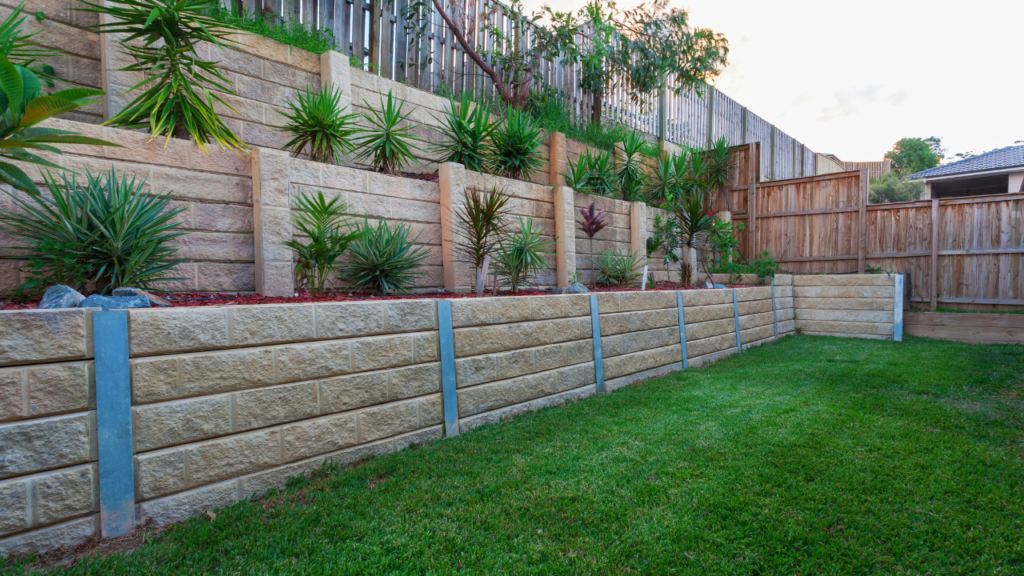
Gathering Tools and Materials
One important aspect of starting a boulder retaining wall project is gathering the necessary tools and materials. While it may seem like a simple task, taking the time to carefully select the right equipment can make all the difference in the outcome of your project. First and foremost, consider the type of boulders you will be working with. Depending on their size and weight, you may need special lifting equipment such as a skid-steer loader or an excavator with grapples to move them effectively. Also, it is essential to have proper safety gear in place before embarking on any construction endeavor.
Rockfall can pose a significant risk during the building process, so investing in sturdy work boots with good traction and a hard hat that meets safety standards are must-haves. Beyond protective equipment, ensure that you have all the necessary hand tools for preparing your work area efficiently. Shovels, wheelbarrows, and pickaxes are just some examples of basic tools required for digging trenches or clearing debris.
Preparing the Site
Before embarking on the construction of a boulder retaining wall, proper site preparation is essential to ensure a successful and long-lasting structure. The first step is to carefully assess the area where the wall will be installed. Take note of any existing slopes, drainage patterns, or nearby vegetation that may have an impact on the wall’s stability. Once you have determined the ideal location for your boulder retaining wall, it is crucial to properly excavate and level the ground. This involves removing any excess soil or debris that could affect the base of the wall and cause future instability.
Also, leveling ensures an even distribution of weight along the wall’s length, which is vital for its structural integrity. Furthermore, it is important to consider soil compaction during site preparation. Compacting the soil beneath and around your boulder retaining wall can significantly enhance its stability by reducing settling or shifting over time. Utilizing professional-grade compaction equipment can help achieve optimal results while minimizing potential issues down the road.
Establishing a Solid Foundation
Building a boulder wall is no small task, but it can provide a lasting and solid foundation for various structures. The first step in establishing such a foundation is to carefully select the location and determine its suitability. Factors such as soil conditions, drainage patterns, and proximity to existing structures must be taken into account to ensure stability and durability. Once the location is determined, the next crucial step is preparing the ground.
This involves excavating the area, removing any vegetation or debris, and leveling the surface. By taking these measures, you create a strong starting point that will support your boulder wall for years to come.
A Wide Variety of Design Ideas
The natural look of the boulders provides a rustic charm that is hard to replicate with other construction materials. Designing a boulder retaining wall requires a careful selection of the size, shape, and color of the rocks. Opting for uniform-sized boulders creates a clean and organized appearance while mixing various shapes and sizes adds an element of uniqueness. also selecting boulders with colors that complement the surrounding landscape ensures that your retaining wall seamlessly blends into its environment.
For those seeking a more modern aesthetic, incorporating metal panels into design projects can be truly eye-catching. Metal panels offer versatile possibilities in terms of color choice, texture, and pattern, making them ideal for creating customized designs. From sleek and minimalistic designs to intricate patterns inspired by nature or geometric shapes – metal panels can effortlessly elevate the overall aesthetics of an interior space or exterior facade. Another compelling design idea is using reclaimed materials to create one-of-a-kind pieces. Not only does this approach contribute to sustainable practices, but it also adds character and history to your design project. Whether it’s repurposing old wooden doors as tabletops or salvaging vintage tiles from demolished buildings for unique mosaic patterns – using reclaimed materials not only showcases your creativity but also gives each piece a distinctive story behind it.
Natural Stone
Made from large, weathered stones, these walls create a rustic and timeless aesthetic that can enhance the overall appeal of your outdoor space. The irregular shapes and sizes of the boulders give the wall a unique texture and depth that is hard to replicate with other materials. One advantage of using natural stone for your retaining wall is its durability. Unlike concrete or wood, which can deteriorate over time due to exposure to weather conditions, natural stone is resistant to cracking and fading. This means that your boulder retaining wall will continue to look stunning year after year, with minimal maintenance required.
Timber
Timber is a versatile and natural material that has been used for centuries in construction projects, including the creation of boulder retaining walls. Its strength, durability, and aesthetic appeal make it an excellent choice for such applications. One significant advantage of using timber in building these walls is its ability to withstand shifting soil conditions. Unlike concrete or metal, timber can flex and adapt as the ground moves, reducing the risk of cracks or collapse. Also, timber brings a unique charm to boulder retaining walls.
Conclusion
In conclusion, building a boulder retaining wall is a complex but rewarding project. By following the steps outlined in this article, you can successfully construct a sturdy and aesthetically pleasing wall that will help prevent erosion and add value to your property. Remember to carefully plan and measure before starting, choose the right boulders for your wall, prepare the foundation properly, and use adequate drainage techniques. Additionally, be cautious of safety precautions and seek professional help if needed. With patience and attention to detail, you can create a beautiful retaining wall that will stand the test of time.

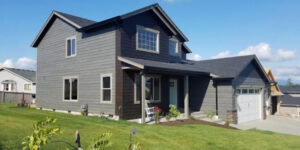
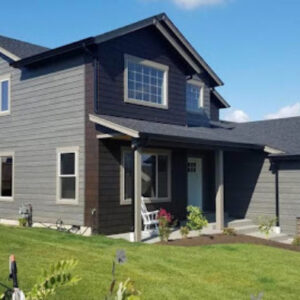

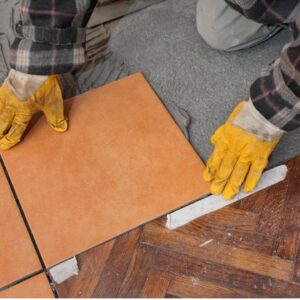


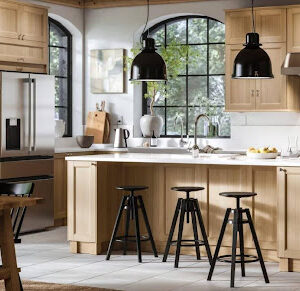




Commented Posts